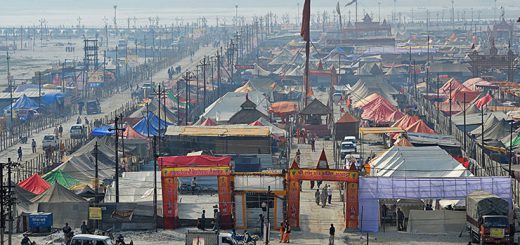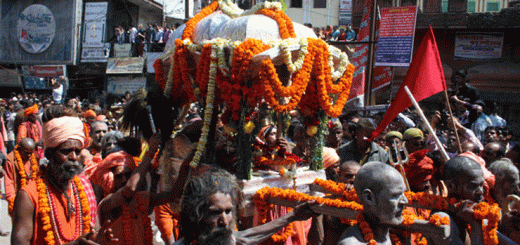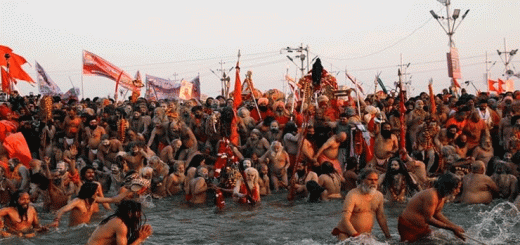about Gauri Kedarsehawar temple Varanasi

Gouri Kedareswar temple was established by Sri Adi Shankaracharya Similar ling concept as Kedarnath. One of the busiest ghats on the bank of Ganga river , the Kedar Ghat can be identified by its red and white steps from a distance. Thousands come here each year to pay homage to the Gauri Kedareshwar temple. This can be reached via boat or through the narrow lanes of Bengali Tola. The temple is famous for a replica of the Kedarnath lingam of the Himalayan temple. The irregular humped shaped lingam in stone is encased within a copper railing. People only enter the temple after taking a bath in the Gauri/ Vishnu Kund (pond) adjoining the river.
Just as Kashi is the microcosm of the whole of India’s sacred geography, so is Kedara a microcosm of Kashi. The Kedara Kedareshvara is one among the 12 Jyotira (“light manifested”) lingas of Shiva, and manifested in Varanasi as a microcosm. Says Lord Shiva: “It is known as the ‘field’ (Kedara) where the crop of liberation grows. Therefore, that place became famous as Kedara, both in Kashi and in the mountains” (Kashi Kedara Mahatmya, 29.28). Kedara Nath is the patron deity of the southern sacred segment of the city called Kedara Khanda. The ghat was made pucca in 1958 by the Government of Uttar Pradesh. That Kedara is older than Visheshvara as is widely assumed is affirmed to some extent by the early Puranas, since Kedara is mentioned very early in the Puranic mythology and Visheshvara is mentioned quite late. Additionally, it is believed that Kedara survived the great destruction of Aurangzeb in the late 17th century, which further implies that the present temple of Kedara is actually older than the present temple of Vishvanatha.

The temple is a large building, rising from the banks to which a fine stone ghat descends to the bed of the river Ganga. It stands in the middle of a spacious court, at the four corners of which are four temples crowned with domes. The veranda running round the inner side of the enclosure contains several small shrines and numerous collections of idols. Pilgrims take a holy bath in the Ganga and carry brass pots of holy water while climbing up the broad and steep steps in order to offer it in worship to Kedareshvara. Entering Kedara Temple by either the street or river entrance, one comes into a dark interior court. Around the outer wall is a multitude of tiny shrines, most of them separately established Shiva lingas. In the centre of the court is the interior temple, within which are still more subsidiary shrines: those of Shiva’s goddess consort and his retainers. Finally one reaches the door of the inner sanctum, guarded by Shiva’s bull, Nandi. The linga of Kedara contained within this dark chamber is not an ordinary linga, but rather a lumpish outcropping of rock with a white line through it. According to tradition, this was not established by human hands, but is an unusual “self-manifest” linga.



